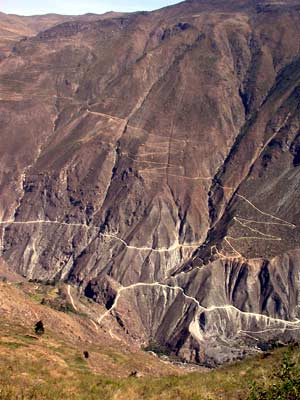Blogging by email and networking.
I just set up a super secret email account from which I shall be able to send posts directly to my new WordPress blog on Kolibri Expeditions web-site. I guess this is part of the web 2.0 revolution…even if I got on this train late. Part of this strategy is to use networking as way to get to both potentially new clients as well as keeping in touch with and in the mind of clients in the past. Facebook is one of the best way to do this. My Facebook account is here, if you want to become my “friend” on facebook. In fact, it is not that necessary that we actually know each other. Facebook is a bit of voyeurism, but oneself decides really how much privacy is suitable to post. Some people use facebook strictly privately, while others use it, as I do, to create a new network with people with similar interest. In my case it is birding and specifically birding in Peru and South America. On facebook I have a bit over 200 “friends”. I think the order of some 400-500 “friends” would create a nice network
A few months ago I set up a twitter account and made my 200th posting today and have around 150 people following me. You can follow me too at www.twitter.com/kolibrix. Twitter could be considered micro-blogging. You tell the world what you are doing in 140 characters. Though many will just but daily activities such as “I am drinking coffee”, there are many people who use twitter as a fast means of telling their followers about a new blog post or sharing something interesting they have read.
Gunnar’s previous blogs
A couple of days ago I set up this blog. I have blogged before but usually far between. See some examples here:
https://www.birdingperu.blogspot.com/ (English)
https://www.limasafaris.blogspot.com (Spanish)
https://www.birdingperu.com/blogs/
The present blog
This is however the first blog I do on the company page of Kolibri Expeditions https://www.kolibriexpeditions.com. Rather than having my web-master creating a new blogging tool specifically for my web-page, I decided to use one of the free ones available from www.wordpress.com and house it on our server. The people at the support section of my server provider kindly helped to upload the program. It is very convenient and there are already a lot functions and plug-ins available, The main idea is that the blog will:
1. Direct clients to our main part of the web-page. This way, we’d get more business.
2. Get more traffic period and thus better search engine position. With more traffic google ranks the web-site higher
3. Create new material which also helps to get more traffic as there will be more search engine keywords produced.
4. If I get a lot of readers, some online adds, can actually give some revenues at least to partly pay for the housing costs.
Today’s birding at Pantanos de Villa
Anyway, this blog was actually meant to tell you by sending an email that I have been birding with Eduardo Arrarte -the former Vice Minister of Tourism and his lovely wife Lieser today at Pantanos de Villa in an activity that I arranged open to the public. There were also two cultural tour guides that are learning about birding, and two other guys – one of them only 15 years old – that also ae new to birding. Great to be able to inspire new birders. This should be part of the mission of every birder. Share your knowledge.
Birds seen today included:
Peruvian Thickknee
Peruvian Meadowlark
Black-necked Stilt
Osprey
Great Grebe
Pied-billed Grebe
American Oystercatcher
Franklin’s Gull
Band-tailed Gull
Burrowing Owl
and many more.
Gunnar Engblom.
PS: I hope this works!!
PPS: Well, it didn’t. I had to post it the normal way. I wonder if it was because my secret account was an gmail account?

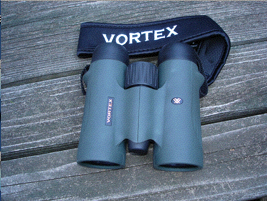



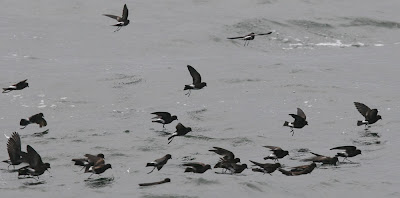
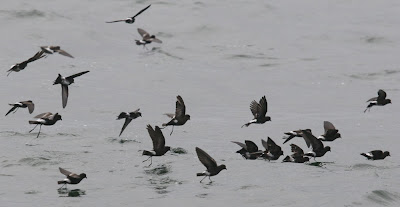
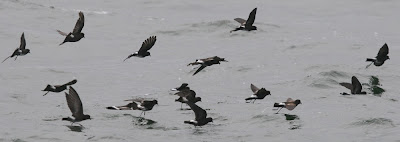
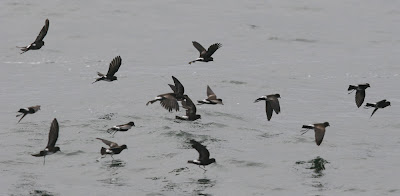
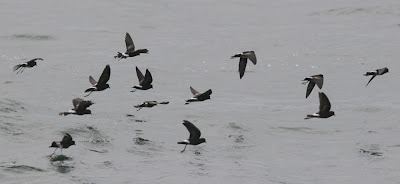

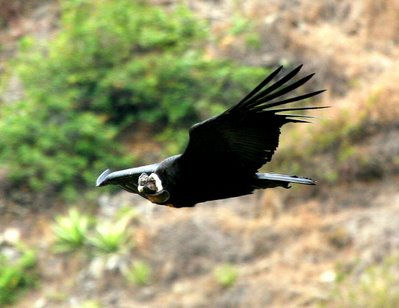


 That this area has very good wildlife is indicated by the finding on our excursion of this cat. It is a Pampas Cat Leopardus pajeros. (Thanks to Javier Barrio and Eduardo Ormaeche for pointing in the right direction to its identity.)
That this area has very good wildlife is indicated by the finding on our excursion of this cat. It is a Pampas Cat Leopardus pajeros. (Thanks to Javier Barrio and Eduardo Ormaeche for pointing in the right direction to its identity.)

